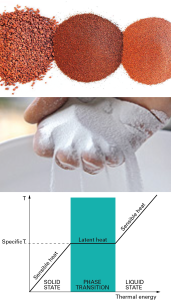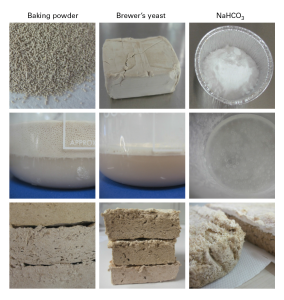
«Naturalmente» (i.e. «Naturally») is the name of an Italian project aimed at the «smart» use of cellulose pulp, in particular corrugated cardboard produced with the PCM (phase change materials) formula, which aims at implementing thermal insulation in the building sector: this is an extremely topical issue, which is of great interest wherever large ranges of temperature occur.
This is still an ongoing project, which has a total duration of two years. Its goal is to explore, identify and develop new sustainable building applications through the creation of products aimed at enhancing the internal comfort of buildings by improving thermal insulation and minimizing environmental impact. Corrugated cardboard has been chosen because of its excellent mechanical properties and its performance, which is similar or even higher than the one shown by the materials normally used in the building sector. By adding a series of additives that help enhance these properties, a composite material is thus obtained, which can be used to manufacture innovative panels for use in the building sector.
Professor Mariapia Pedeferri from Politecnico of Milano («Giulio Natta» Department of Chemistry, materials and Chemical Engineering) explains how PCM work: phase change materials are a group of «smart materials», which are characterized by their ability to store energy at specific temperatures during phase transition and then release it during the opposite process. The use of the so-called «phase change materials» thus represents a possible approach to keep heat insulation under control. To make it simple, as Mariapia Pedeferri explains, PCM can be added to paper pulp at a predefined temperature, which is normally between 25 and 30 degrees C, so that the material can accumulate heat that it can later on release as a «heat reservoir» inside buildings, thereby slowly returning the heat previously stored and minimizing energy consumption.
The study furthermore focussed not only on how to change the material, but also its composition, thereby thinking not only in terms of PCM alone, but also of other types of additives, e.g. agents favouring the natural absorption of water by the cardboard once the pulp has dried up and agents enabling the use of the material without problems of combustion. Or, else, foaming agents, which provide the material with a different structure.
Based on the results of the study, the ideal material will be identified in the next few months, whereby environmental impact will be one of the parameters, which will help identify the best among the materials used and will potentially replace the material used.

